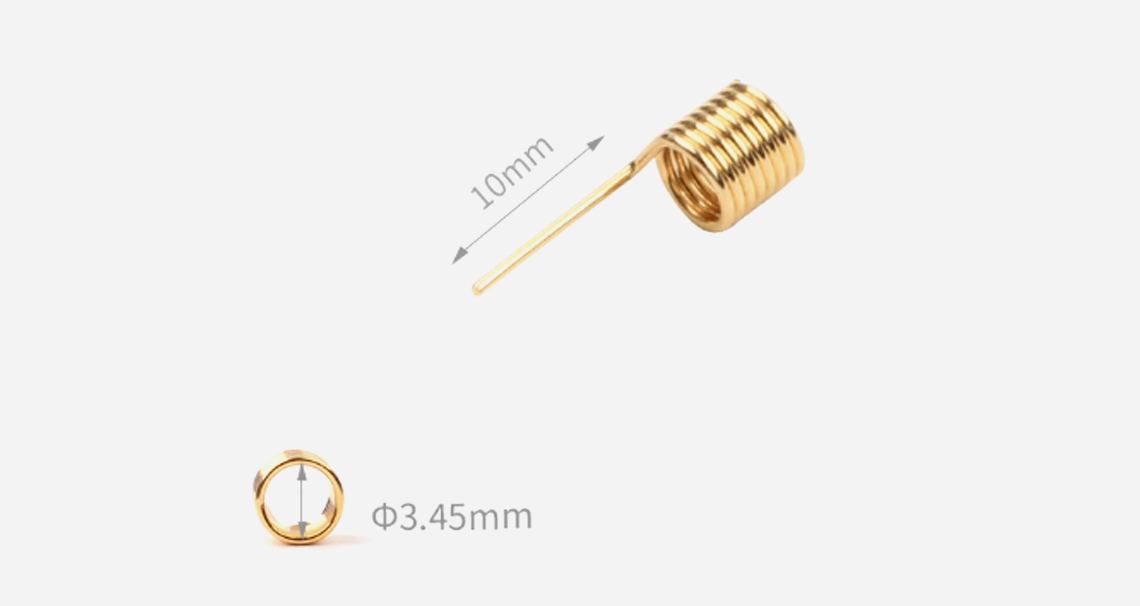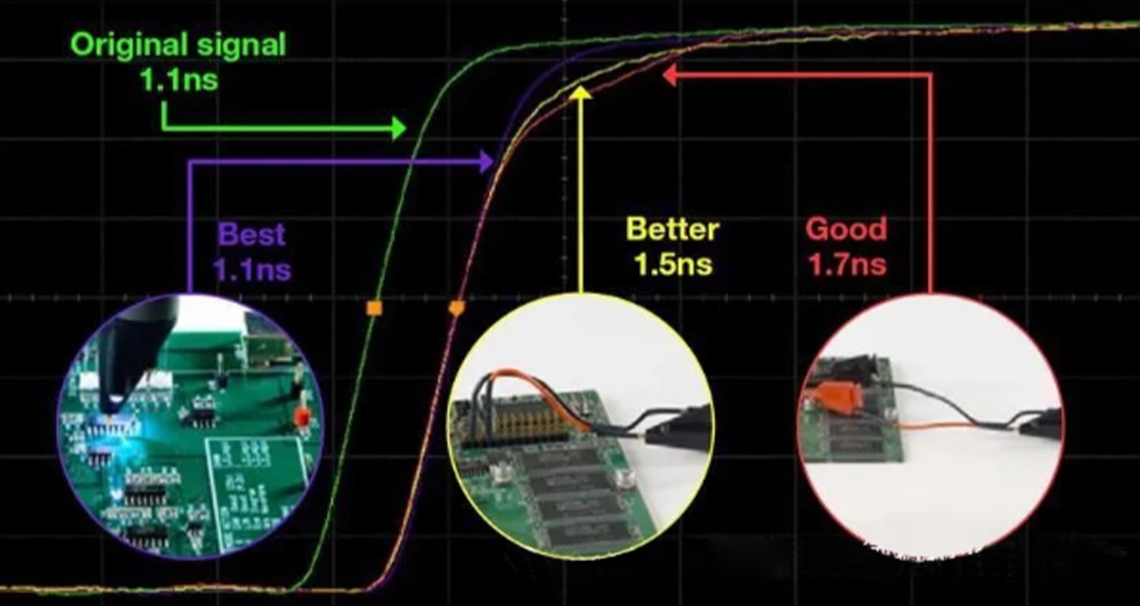Knowledge
Influence of Lead Length on Probe Bandwidth and Accuracy
For maximum measurement accuracy, it is recommended that the length of the oscilloscope probe probe be as short as possible.
Once the probe is connected to the oscilloscope and touches the device under test, it becomes part of the circuit under test. The resistance, capacitance and inductance load effect of the probe will affect the signal waveform displayed by the oscilloscope, and even change the actual working state of the circuit. Therefore, understanding these loading effects is crucial for proper probe selection.
The oscilloscope probe itself has characteristics such as resistance, capacitance, and inductance (as shown in the figure).

When detecting a test point in a narrow space, it is sometimes forced to use extension wires or leads. However, any leads or accessories attached to the probe will reduce the system bandwidth, increase the loading effect, and cause uneven frequency response.
In general, the longer the input lead of the probe, the more significant the bandwidth drop. In low-bandwidth measurements, this effect may be acceptable, but in high-frequency measurements, especially above 1 GHz, the probe and accessories must be carefully selected. As the bandwidth decreases, the probe's ability to capture fast rising edge signals also decreases.
In addition, the ground lead should be as short as possible, the long ground wire will introduce more inductance, affecting the signal quality.
In order to ensure the accuracy and repeatability of the measurement results, it is recommended to always use a short grounding lead and connect it as close as possible to the grounding point of the system.

The following figure shows the practical effect of using a spring probe with different lead lengths on the signal rise time measurement.

